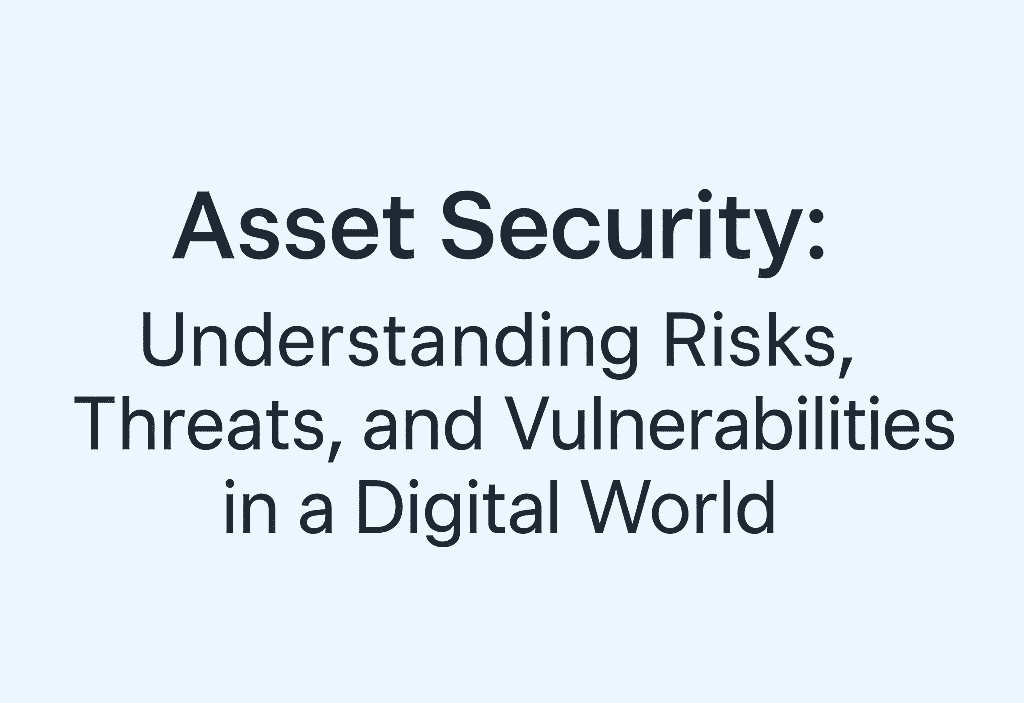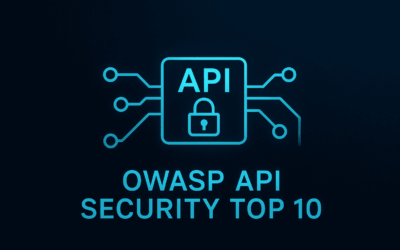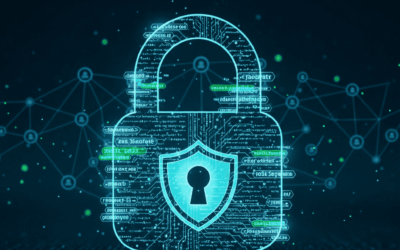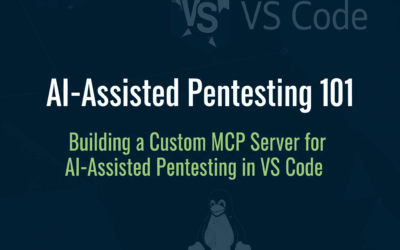🔒 In today’s fast-moving digital world, protecting assets isn’t optional — it’s essential.
Understanding risks, threats, and vulnerabilities is the first step to building strong security foundations and responding effectively to the unexpected. 🚀
I just published a new blog post diving into the fundamentals of Asset Security, why it matters, and how security professionals can better protect organizational resources in an evolving landscape.
Introduction
In today’s world, the increasing reliance on technology has led to an unprecedented surge in data creation. As businesses store more sensitive information than ever before, they face unique security challenges that demand careful attention and robust solutions. At the same time, cybercriminals are becoming more sophisticated, making data breaches not only more frequent but also far more damaging. This evolving threat landscape has created a growing demand for skilled security professionals who can safeguard digital assets and protect organizational reputations.
Security is no longer the sole responsibility of a single team; it is a collective effort that thrives on diverse backgrounds, cultures, and experiences. Organizations that embrace unique perspectives are better equipped to navigate the complexities of the modern digital world, making diversity an invaluable asset in building stronger, more resilient security strategies.
The What, Why, and How of Asset Security
🔒 Security is a profession that demands constant practice, preparation, and forward-thinking—much like how we plan ahead for personal situations like traveling or moving. Staying ready for the unexpected is key to success in this ever-evolving field.
🛡️ Security teams support organizations by focusing on risk—anything that could impact the confidentiality, integrity, or availability of an asset, commonly known as the CIA triad.
🔍 Effective security planning is built on analyzing three core elements:
- Assets 🏢: Items perceived as valuable to an organization, such as buildings, equipment, data, and even people.
- Threats ⚡: Circumstances or events that could harm assets, much like burglars posing a threat to a home.
- Vulnerabilities 🛠️: Weaknesses that could be exploited by threats, such as a broken window or a weak lock on a door.
⏳ Since it’s impossible to monitor every asset at all times, organizations must prioritize their security resources wisely. Not every asset needs the same level of protection, and the value and threat level associated with each asset help determine the appropriate security measures.
🧠 Security professionals must skillfully account for a wide range of assets, threats, and vulnerabilities to create plans that are practical, effective, and adaptable in a rapidly changing digital world.
Understand Risks, Threats, and Vulnerabilities
🧠 In security, clear communication and teamwork are critical when responding to events. To act quickly, you need a strong understanding of three key concepts: risk, threat, and vulnerability.
🔹 Risk: Anything that could impact the confidentiality, integrity, or availability of an asset (the CIA triad).
🔹 Threat: A circumstance or event that could harm an asset.
🔹 Vulnerability: A weakness that a threat can exploit.
While these terms are often mixed up in daily conversation, in security they have very specific meanings—especially when creating plans and responding to incidents.
Security Risk 🔥
Risk varies from organization to organization depending on which assets they value most. In simple terms:
Likelihood × Impact = Risk
- Example: Driving to work ➡️ Flat tire threat ➡️ Risk of being late ➡️ Potential impact: losing your job.
- Using Public Wi-Fi ➡️ Man-in-the-middle attack threat ➡️ Risk of data interception ➡️ Potential impact: stolen passwords and financial information.
- Leaving office documents unattended on a desk ➡️ Insider threat (unauthorized access) ➡️ Risk of information disclosure ➡️ Potential impact: breach of confidentiality, competitive disadvantage.
- Clicking on a suspicious email link ➡️ Phishing threat ➡️ Risk of installing malicious software or revealing personal information ➡️ Potential impact: compromised device, financial fraud.
Security teams manage risks by:
- 🛡️ Preventing costly incidents
- 🛠️ Improving systems and processes
- 🧹 Deciding which risks are acceptable
- 🎯 Prioritizing critical assets
Your main focus as a security professional will often be reducing the likelihood of risks.
Risk Factors ⚙️
Two main factors contribute to risk:
- Threats ⚡: Events or people that can cause harm.
- Vulnerabilities 🛠️: Weaknesses that threats can exploit.
- 🎯 Nail on the road (threat) + Tire’s weakness (vulnerability) = Flat tire risk.
- 🔒 Rainstorm (threat) + Leaky roof (vulnerability) = Flooded office risk
- 💻 Hacker (threat) + Weak password (vulnerability) = Account breach risk
- 🚪 Intruder (threat) + Unlocked door (vulnerability) = Break-in risk
- 📦 Package thief (threat) + Unattended delivery (vulnerability) = Stolen package risk
- 🦠 Computer virus (threat) + Outdated antivirus software (vulnerability) = System infection risk
Categories of Threats 🕵️
- Intentional 🎯: Deliberate actions, like a hacker exploiting a system.
- Unintentional 🙈: Accidents, like an employee unknowingly letting a stranger into a secure area.
Categories of Vulnerabilities 🛡️
- Technical 🖥️: Flaws in software or hardware (e.g., misconfigured applications).
- Human 🧑💻: Mistakes made by people (e.g., losing an access card).
Final Thoughts
Asset security is a foundational pillar in the world of cybersecurity.
Understanding risks, threats, and vulnerabilities is essential for designing strong defenses and protecting the valuable assets organizations rely on every day. It builds a strong foundation for your security career. It shows future colleagues you’re serious about the profession and that you’re ready to contribute to the global security community.
As technology continues to evolve, so do the challenges. Security professionals must remain adaptable, proactive, and committed to lifelong learning. Your ability to recognize and respond to these core concepts will not only help protect businesses but also establish your credibility in the global security community. 🌍🔒
Building a strong foundation now prepares you for the more advanced challenges ahead — because in security, being prepared is just as important as reacting to the unexpected.
Further Reading
Want to dive deeper? Here are some recommended resources to expand your knowledge:
- NIST Cybersecurity Framework 🛡️
A foundational guideline for managing and reducing cybersecurity risk.
➡️ NIST CSF Website - OWASP Top 10 🔥
The most critical security risks to web applications.
➡️ OWASP Top 10 - CIS Critical Security Controls 🛠️
Best practices to safeguard systems and data against cyber threats.
➡️ CIS Controls - Cybersecurity and Infrastructure Security Agency (CISA) Resources 🏢
Official tools, guidance, and updates on protecting infrastructure and assets.
➡️ CISA Resource Library




